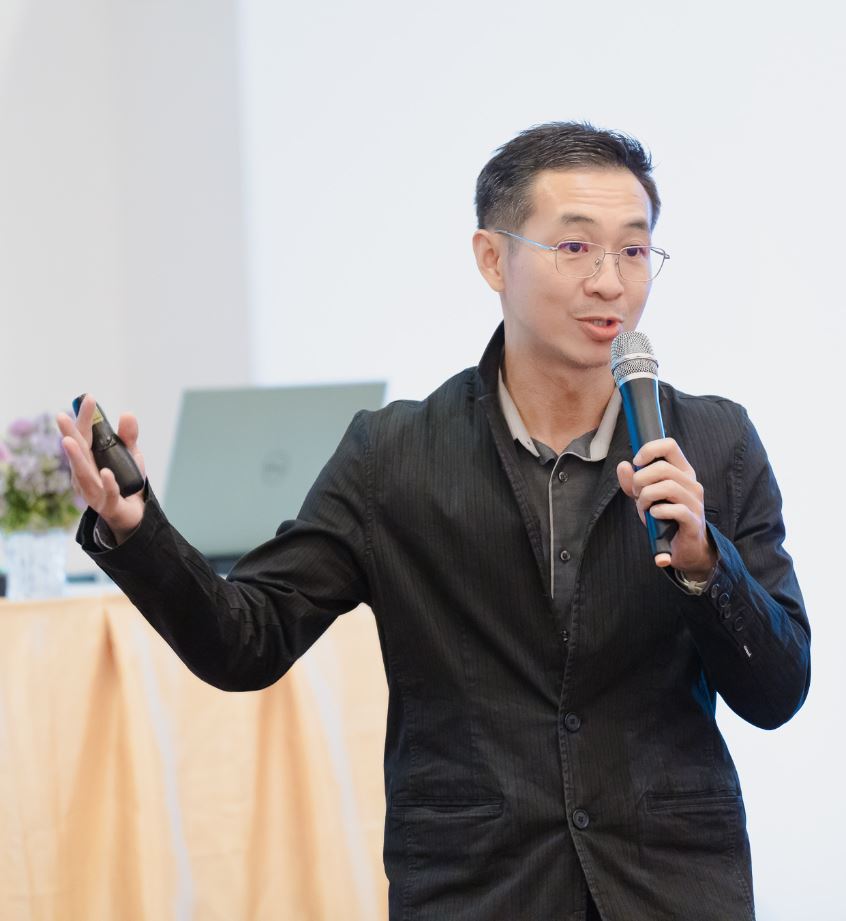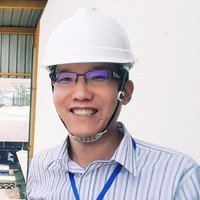PE14 Control Valve and Instrumentation: Selection, Sizing, andTroubleshooting (Licensed Course from a US Expert)
Artit wiwatwisansakul
Wiroon Tanthapanichakoon
May 07, 2026
Rayong

Artit wiwatwisansakul
Wiroon Tanthapanichakoon
May 07, 2026
Rayong

This workshop will teach you some process control fundamentals with instrumentation basics. You will also learn how to select and size control valves and avoid costly mistakes resulting in poor control.
Process Engineers and Instrumentation Technicians. Anyone working with and concerned with process control valve performance should attend.
Valves and Instruments in Process Control, Sizing
1. INTRODUCTION
- Introduction to instrumentation and control valves
2. ELEMENTS OF PROCESS CONTROL
- The role of control valves
- ON/OFF vs. continuous control
- Simple control strategiesin chemical processes (flow, temperature, level)
- Feedback vs. Feedforward control
- Common process instrumentation and installation tips
3. TYPES AND SELECTION OF VALVES
- Tips on valve selection
- Families of valves
- Accuracy, turndown ratio and cost
- Valve accuracy and the effect on process control accuracy
- Using mid-range control to improve turndown ratio and control accuracy
- When to use a 3-way control valve
4. THEORY OF VALVE SIZING
- Origins of the theory
- Gathering data on service conditions
- Calculating P
- Exercise 1: Sizing a valve with a pump and negligible pipe friction loss
Sizing Complications, Gas Service, Actuators, and Common Valve Problems
5. COMPLICATIONS IN VALVE SIZING: LIQUIDS
- Piping and equipment friction losses
- Exercise 2: Sizing a valve with a pump and significant pipe friction loss
- Vaporization, Choked Flow, Cavitation, & Flashing
- Anti-cavitation measures
- Exercise 3: Do we have cavitation?
6. CONTROL VALVE SIZING FOR GAS FLOW
- CV for gas and steam
- Supersonic and Choked flow
- Exercise 4: Steam flow valve sizing
8. NOISE IN CONTROL VALVES
- Noise in liquids
- Noise in gas and steam
- Anti-noise measures
9. SEALS AND LIMITS OF CONSTRUCTION
- Seals and Packing
- Leakage rates
- Materials
10. ACTUATORS AND ACTUATOR SIZING
- Process safety and actuator fail direction
- Rotary actuators
- Linear actuators
- Air boosters
- Exercise 5: Actuator sizing
11. HOW TO DIAGNOSE AND CORRECT FOR COMMON VALVE PROBLEMS
- What to do about valve non-linearity?
- What are valve stiction and hysteresis and how do we easily identify these?
- Positioners and why we need them
- Exercise 6: Diagnosing valve stiction and hysteresis
- Cascade control to reduce the effects of valve non-linearity, stiction, and hysteresis

Process Safety Engineering
Process engineering and chemical engineering
Plant problem solving and training

Process & Technology Development
Process engineering
Process scaleup and development
For UPCOMING Public Training Course with ChemEngEdu
Early-Bird Rate for Corporate Participants: 5% discount fromfull price for registration at least 4 weeks (28 days) before the training date(reserve the early-bird rate by registration, not by payment).
Individual Participant Promotion: -50% OFF from full price(max 1 person per organization per course). Not eligible for early-bird rateabove.
Academic Participant Promotion: -40% OFF from full price(max 1 person per organization per course). Not eligible for early-bird rateabove.
SkillLane Participant Promotion: Get 60% OFF the full priceon a CEE course when you register for any SkillLane course. (Offer valid for 1SkillLane course per 1 CEE course.)
Note: Please submit proof of your SkillLane registration toqualify for the discount when signing up.








เราใช้คุกกี้เพื่อพัฒนาประสิทธิภาพ และประสบการณ์ที่ดีในการใช้เว็บไซต์ของคุณ คุณสามารถศึกษารายละเอียดได้ที่ นโยบายความเป็นส่วนตัว และสามารถจัดการความเป็นส่วนตัวเองได้ของคุณได้เองโดยคลิกที่ ตั้งค่า